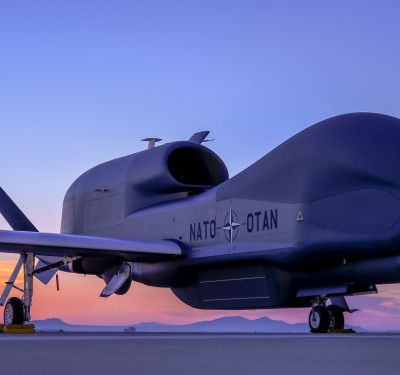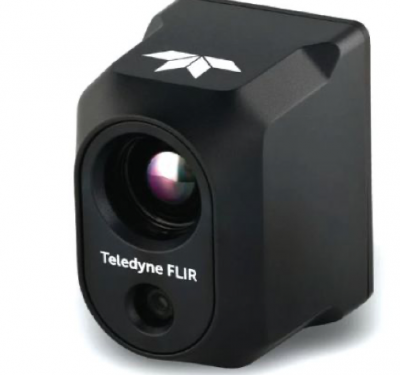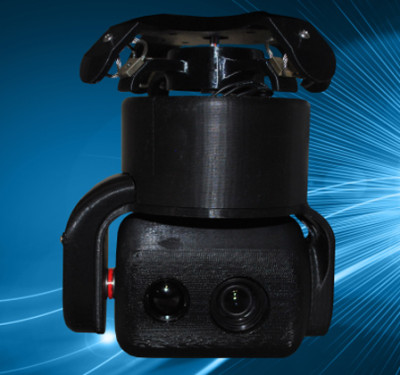
COSTA MESA, Calif.—Defense technology company Anduril Industries today announced its acquisition of Blue Force Technologies, a developer of autonomous aircraft with an integrated aerostructures division that serves a wide range of defense and commercial customers.
This transaction will expand Anduril’s existing autonomous fleet to include large, high performance, group 5 aircraft and significantly increases Anduril’s reach and impact within the Department of Defense, the company said. Terms of the deal were not disclosed.
“We’re super excited about this,” said Chris Brose, chief strategy officer for Anduril Industries, told Inside Unmanned Systems. “The Blue Force team is just phenomenal, very culturally alike and aligned for Anduril.”
Blue Force Technologies designs and manufactures high-end composite aircraft and their components at its factories in North Carolina. Blue Force Technologies has been developing Fury, a group 5 autonomous air vehicle with fighter aircraft-like performance, since 2019.
The company has made “significant progress on really maturing the system,” Brose said, including wind-tunnel testing. “We are barreling down the path to first flight,” and Anduril is “leaning in with a significant investment of IRAD [internal research and development] dollars.”
Fury leverages proprietary rapid prototyping, digital engineering and an open architecture that is designed to deliver next-generation flight performance with the flexibility to integrate heterogenous sensors and payloads to support air dominance missions. Recently, the company successfully completed a flight test of the flight software on board a VISTA, Variable Stability In-flight Simulator Test Aircraft, and a ground test for Fury’s novel carbon fiber composite propulsion flowpath system.
Anduril is making significant investments to continue the development of the Fury autonomous air vehicle, expand manufacturing operations in North Carolina and accelerate development of technologies critical to future capabilities such as autonomous collaborative platforms.
“What’s really exciting is not just continuing to mature the aircraft, but integrating Fury with the software Lattice for Mission Autonomy to really put together an integrated capability that can do real missions for operational users, and solve real problems autonomously,” Brose said.
Lattice for Mission Autonomy, released earlier this year, is a software platform that enables teams of diverse robotic assets to work together under human supervision to dynamically perform complex missions.
These new capabilities are critical to maintaining deterrence in an era of strategic competition, the company said. To project force, deter aggression, and regain affordable mass, the Department of Defense will need to rely on large quantities of smaller, lower-cost, more autonomous systems. The U.S. Air Force, U.S. Navy and U.S. Marine Corps have all signaled their intention to modernize and adopt advanced autonomous capabilities. This ecosystem of autonomous systems must be powered by software that enables a single operator to control multiple assets to accomplish a wide range of missions.
By investing in both hardware and software capabilities, Anduril will further accelerate the development of autonomous operations like manned-unmanned teaming and other critical advanced autonomous solutions for warfighters around the world, the company said






